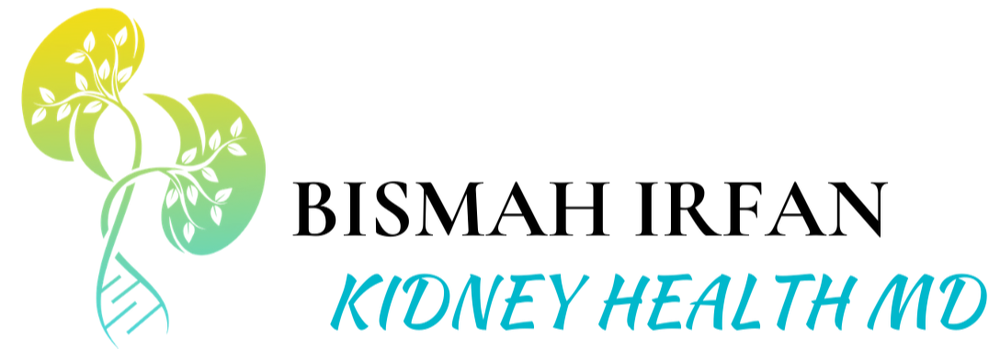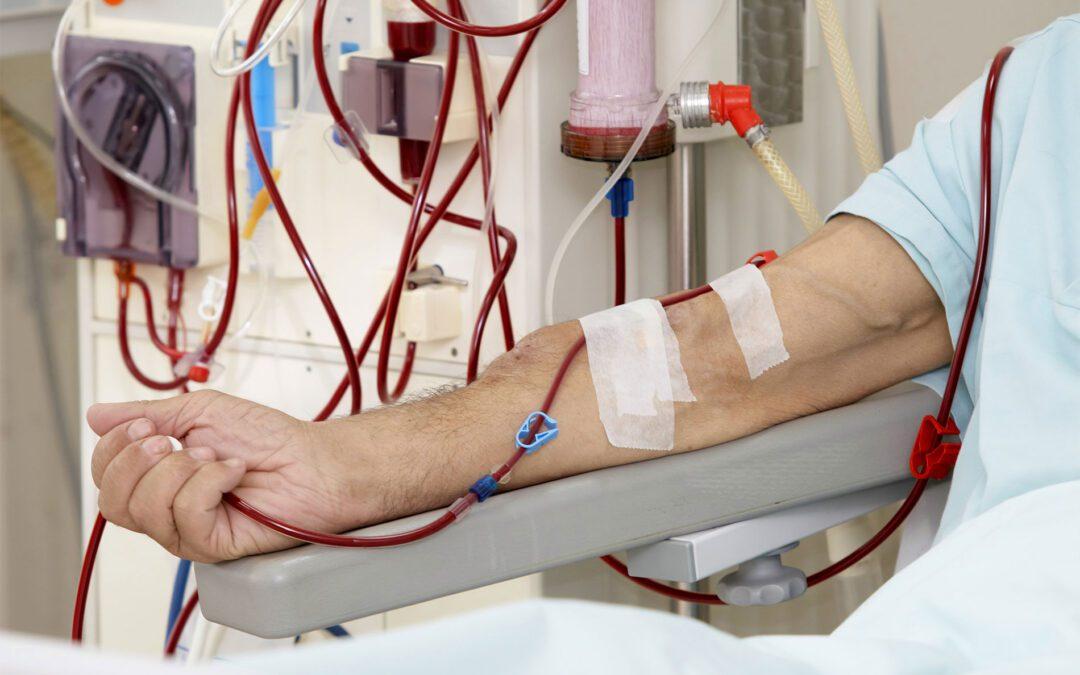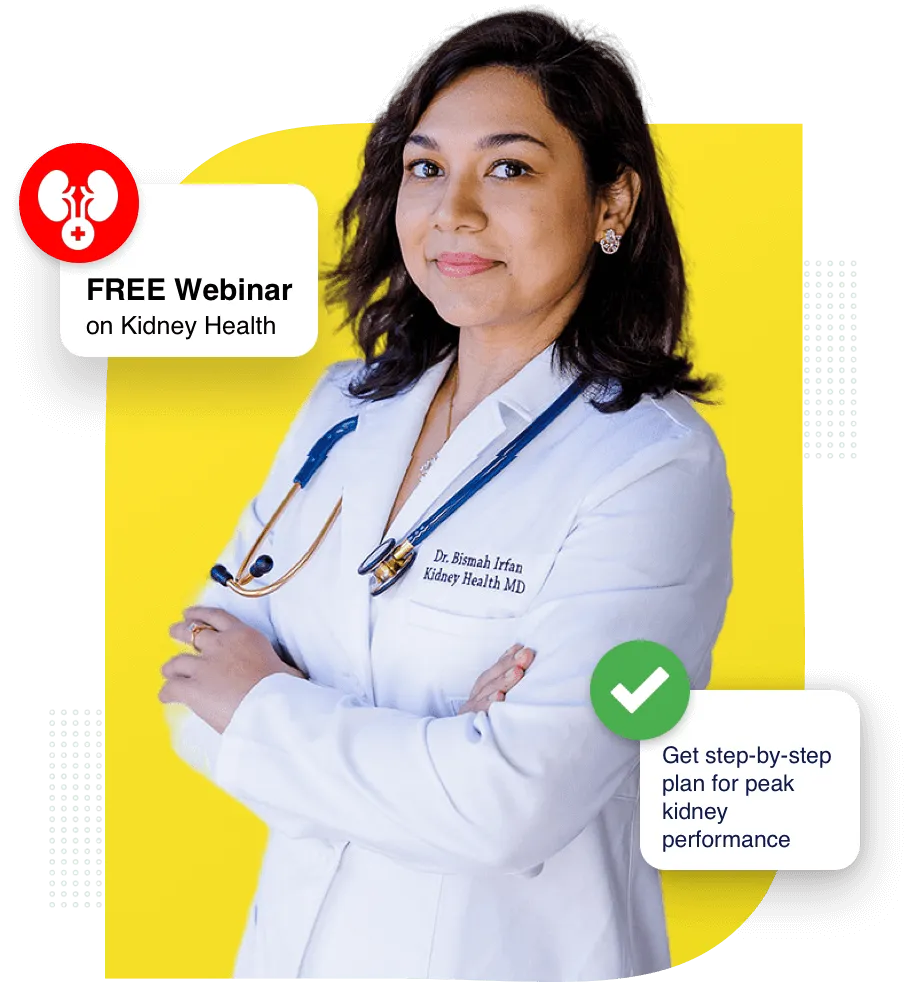Do you or someone close to you suffer from kidney failure, in which their ability to filter waste out of their blood has diminished significantly? In these trying circumstances, dialysis emerges as an alternative way of performing kidney functions – yet many find themselves struggling with an important decision: does dialysis provide: Can Dialysis Be Temporary?
This article peels back layers around that central query, diving into scenarios where dialysis isn’t just a permanent fixture but could also be a transient bridge toward recovery. From discovering acute kidney injury to exploring how various forms of dialysis adapt differently for different patient needs and lifestyles–you will gain clarity into when and why dialysis should become part of someone’s long-term commitments.
At short-term dialysis clinics of Drbismah in Hoston, our focus is to guide you through all the nuances associated with short-term treatment dialysis – explaining its various nuances, explaining the rationales behind decisions made for you, and helping you envision life after treatment has concluded.
Understanding Dialysis as a Lifesaving Treatment
Dialysis offers individuals living with renal failure an essential makeshift solution, acting in place of their failing organ. Dialysis does more than just cleanse the blood of impurities; it’s vital in regulating blood pressure and maintaining mineral equilibrium, helping the body function seamlessly when the kidneys fall short.
@kidneyhealthmd Reverse kidney disease naturally. Stop kidney damage. Visit https://linktr.ee/drbismah to learn more about how to improve your kidney health. #KidneyHealth #MaximizeKidneyHealth #Inflammation #ChronicKidneyDisease #FunctionalMedicine #HealthyDiet #HealthyLifestyle #Drbismah #KidneyCare #PersonalizedPlan #HolisticApproach #HolisticHealing #PersonalizedTreatment #NaturalRemedies #KidneyDisease #DrIrfan #Detoxification #md #kidneydoctor #Kidneydiet ♬ original sound – Kidney and Holistic MD
What Is Dialysis?
Dialysis is an advanced artificial kidney replacement method that replicates its kidney’s filtering function to maintain our bodies in balance; when up to 90% of kidney function has been lost due to disease or injury, dialysis steps in as a lifesaver by flushing away excess fluids and toxins from our bloodstream and purifying it like never before! This life-sustaining procedure helps keep your body’s balance in check — think managing salt levels and regulating blood pressure — essentially doing much of what your failing kidneys can no longer do.
To dive deeper into how this lifesaving treatment works and why it’s essential for individuals facing severe kidney issues, learn more about dialysis here.
Can Dialysis Be Temporary?
Dialysis might seem like the ultimate life sentence, but that may not always be true. Sometimes, dialysis is an interim step toward healing instead of an indefinite solution. This is particularly true in cases of acute kidney failure where kidneys may bounce back. For more information about dialysis, read more: how long can a person live on dialysis?
When Hemodialysis Is Temporary
Hemodialysis can be temporary for those experiencing sudden and severe loss of kidney function due to acute kidney injury. The goal here is straightforward: give the kidneys time to heal while hemodialysis takes over its job of filtering waste from your blood.
Utilizing a device, this method purifies your bloodstream by extracting poisons, regulating mineral levels, and maintaining blood pressure until the moment arrives for your kidneys to resume their natural functions.
Recovery from Acute Kidney Injury
Thankfully, with proper medical intervention and sometimes lifestyle adjustments such as managing high blood pressure or diabetes if they contributed to the injury—kidneys can often repair themselves after an acute event. This means that dialysis may no longer be necessary once your body responds positively to treatment and starts showing signs of improved function.
This ray of hope highlights why understanding potential outcomes—including temporary use—is crucial for patients navigating their journey with renal health issues.
Types of Dialysis and Their Applications
Hemodialysis Versus Peritoneal Dialysis
Opting for either hemodialysis or peritoneal dialysis treatment when dealing with renal insufficiency is an essential decision for those coping with insufficient kidney function. Hemodialysis usually requires three sessions every week, lasting four hours each time; using a machine to filter waste out of your blood is optimal as this method requires specific times during each week when you can commit to treatment sessions. This option might work better for individuals preferring structured schedules but active lifestyles who can abide by specific treatment times.
Peritoneal dialysis offers more convenience by enabling patients to undergo treatments in their homes, often while sleeping. By injecting dialysate through an abdominal tube and collecting harmful substances through dialysis treatment, toxic compounds are collected before being eliminated through dialysis treatment. This option is ideal for individuals seeking control over their therapy schedules and those who wish continuous therapy rather than intermittent sessions.
To understand more about these life-saving procedures, resources like NIDDK’s overview on hemodialysis and information regarding hemodialysis access options provide invaluable insights into making informed decisions tailored to personal needs and lifestyles.
Factors Leading to Temporary Dialysis Need
When it comes to dialysis, many folks think it’s a forever thing. But sometimes, your kidneys just need a little vacation. Conditions like decreased blood flow or direct damage can put them on temporary leave.
Direct damage to the kidneys isn’t picky; it could come from an unfortunate encounter with physical injury or toxic medication saying “hello” in the worst way possible. This kind of hello often leads to temporary dialysis, giving your kidneys time to patch things up and return to the game.
The story doesn’t end there though. Imagine your ureters – those tubes that escort urine from kidney castle down to bladder town – getting blocked. It’s like a traffic jam meets medieval siege, and suddenly, you need temporary dialysis until the path clears.
Monitoring Kidney Function Post-Dialysis
After saying goodbye to the dialysis machine, keeping an eye on your kidney function is not just brilliant; it’s crucial. You wouldn’t sprint another right away, would you? Your kidneys feel similarly after coming off dialysis.
Keeping tabs on how well your kidneys filter waste and balancing minerals in the blood becomes part of your new normal. This isn’t about hovering over them with a magnifying glass but ensuring they’re doing their job correctly post-dialysis—especially considering that kidney failure occurs when 85% to 90% of kidney function is lost.
Your care team will likely schedule regular check-ups, but this goes beyond simple visits. Grasping the subtle cues, such as growing tiredness or shifts in how much you pee, and recognizing when it’s time to seek assistance encapsulates this process. Blood pressure plays a starring role here too since high readings can be both a cause and effect of kidney troubles.
Weighing Pros & Cons: Different Dialysis Methods
When Hemodialysis Is Temporary
Hemodialysis might seem daunting, but did you know it can sometimes be just a pit stop? This method acts as a temporary fix for those facing acute kidney failure. The goal is to buy time until the kidneys wake up and regain control. It’s like having a professional cleaner handle the mess while your body’s cleanup crew gets back on its feet.
We’re talking about guiding your blood through a machine outside your body, which cleanses it by removing toxins your kidneys aren’t managing to expel on their own because they’re not working right. Imagine it as giving your kidneys a much-needed vacation.
To dive deeper into how hemodialysis works and when it might be used temporarily, check out can dialysis be temporary? This guide illuminates instances where hemodialysis is a temporary lifeline, not an enduring fix.
Recovery from Acute Kidney Injury
Recovery hinges heavily upon timely intervention and proper treatment – think of it as hitting the reset button on your kidneys’ health status.
Dialyzing does more than just filter toxins; it offers damaged kidneys breathing space to heal and potentially regain function. So yes, there are instances where dialyzers can wave goodbye to their machines once their natural filters decide they’re ready for round two against life’s challenges.
Click here for Recovery or Treatments for Chronic Kidney Disease.
Lifestyle Adjustments & Coping Strategies While Undergoing Dialysis

Starting dialysis begins a new chapter, where everyday life and customs transform. Living life while on dialysis means adapting to a lifestyle and finding new strategies to overcome challenges. Dialysis treatment requires us to evolve beyond simply staying tied to machines for eight or nine hours each week but rather incorporate every part of life around dialysis center visits into its practice.
Dietary Changes
Maintaining a kidney-friendly diet is vital when going through dialysis treatment, including monitoring how much water you drink while cutting back on foods rich in potassium, phosphorus, and salt and ensuring they contain adequate quantities of protein. Dietitians specialized in renal health can offer personalized advice to help control blood pressure and balance minerals in your body.
Activity Recommendations
Staying active plays an integral role in overall well-being during dialysis treatments. Working out can aid in regulating blood pressure, keeping weight in check, enhancing muscular strength, and elevating spirits. Starting with low-impact activities like walking or swimming is advised—always consult with your care team before beginning any new exercise regimen.
Emotional Support Resources
Reaching out to loved ones or participating in support circles offers crucial solace and insight amidst these trying periods. Talking openly with healthcare providers about concerns or struggles also makes a significant difference in mental health management.
Conclusion
Can Dialysis Be Temporary? Yes, and understanding when it can be a short-term solution is crucial. Knowing the difference between acute kidney injury and chronic kidney disease opens doors to potential recovery. Dialysis isn’t always a forever thing. It is a bridge for some, allowing kidneys to heal after an acute setback. Understanding this offers hope to those embarking on dialysis, enlightening patients and their loved ones.
Deciding on hemodialysis or peritoneal dialysis hinges on individual preferences, daily routines, and professional health recommendations. Each has its place in treatment plans—temporary or long-term. Navigating life with dialysis demands adjustments but also brings hope for many to return to normalcy post-treatment. Armed with insights from temporary dialyzes scenarios, you’re better equipped for conversations with your healthcare team about what’s suitable for you or your loved one.


